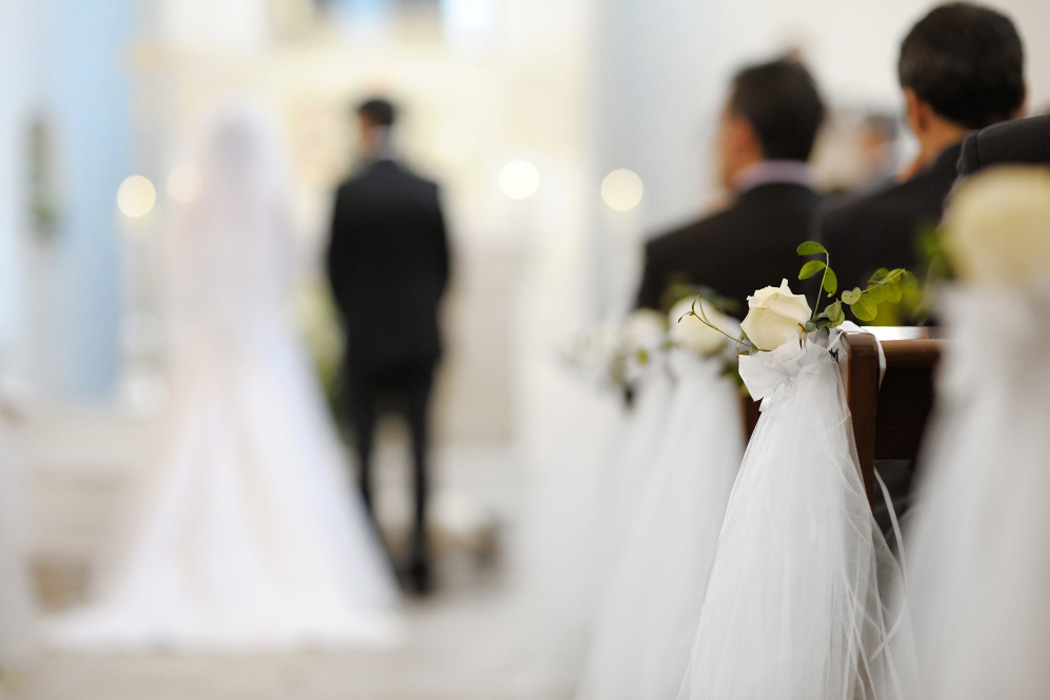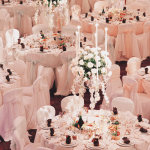I received a question about the order for service for a wedding ceremony, so, here’s an outline of a typical wedding ceremony.
Whether civil or religious, most wedding ceremonies happen (more or less) in this order:
- The Procession
- Opening Remarks/Welcome
- Charge to the Couple
- Vows
- Ring Exchange
- Pronouncement
- Kiss
- Final Blessing
- The Recession
1. THE PROCESSION
For Christian ceremonies the bride’s father, or whomever she chooses, escorts her down the aisle. For Jewish ceremonies, both parents escort the bride and the groom.
2. WELCOME/OPENING REMARKS
The officiant welcomes everyone to the ceremony usually with the familiar “Dearly Beloved…”. Religious ceremonies acknowledge God.
3. CHARGE TO THE COUPLE
During this part of the ceremony the couple is asked “Do you ________ take ________ to be your lawfully wedded husband [or wife]?”. This is to make sure that each is marrying of their own free will. The charge to the couple is not required in Jewish ceremonies.
4. EXCHANGE OF VOWS
The couple promises to each other to “to have and to hold”. Some couples choose to personalize this portion of the ceremony.
TIP:Remind your clients to face each other as they exchange their vows.
5. RING EXCHANGE
The couple exchange rings while saying “With this ring I thee wed.”
6. PRONOUNCEMENT
The officiant announces “I now pronounce you husband and wife!” OR “I now pronounce you spouses for life!”
7. THE KISS
Surely, this doesn’t need much explanation! [You can thank the ancient Romans for this tradition. Back then contracts were sealed with a kiss.]
8. CLOSING REMARKS/BLESSING
The officiant brings the ceremony to a close. Religious ceremonies close with a blessing. At Jewish wedding ceremonies, this is when the groom steps on a glass wrapped in a napkin. When the glass shatters, everyone exclaims, “Mazel Tov!” which means “Good Luck!”
9. THE RECESSION
Led by the couple, the bridal party makes their exit in reverse order of the processional.
HAPPY PLANNING!




